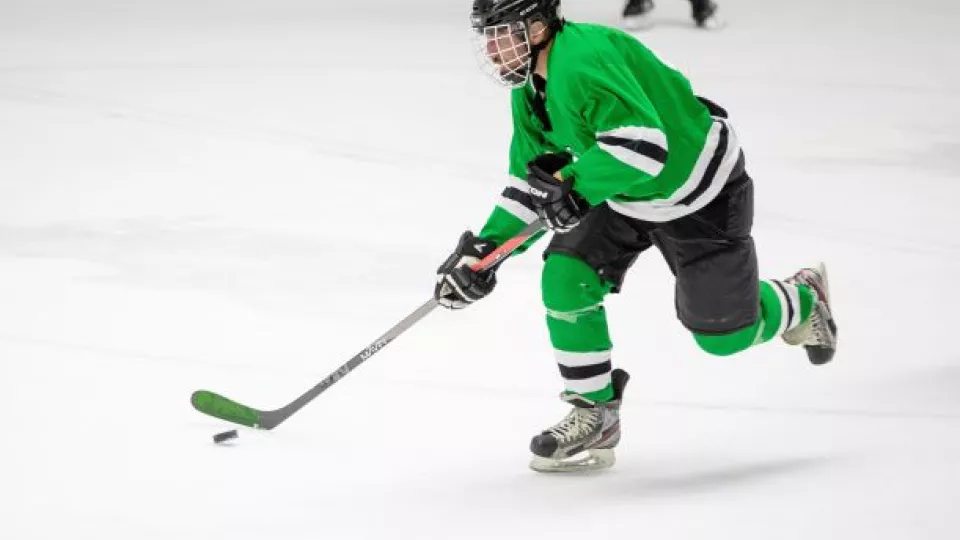The study, now published in the scientific journal European Journal of Physics, came about as the result of a query from one of the co-authors who is an ice-skating technique coach and who developed the alternative technique Easyskating. Through theoretical analysis, the physics researchers Ann-Marie Pendrill and Urban Eriksson at Lund University have determined the reasons why ice skaters who use the technique lose less energy than ice hockey players who skate using traditional strides. The study is based on the analysis of extensive film material.
“Our analysis shows that players lose energy on each stride in a new direction. That loss does not occur with circular arc skating. By studying the fundamental physical concepts such as power, energy and angular momentum we gained a deeper understanding of how skaters could increase their kinetic energy”, says Ann-Marie Pendrill, professor of physics at Lund University.
In all ice skating, the skater gradually loses speed and must provide new energy. Traditionally, the skater pushes off with one skate and then continues with the other in a different direction. If a player pushes out to the side in a circular arc instead, the skater’s centre of mass moves closer to the circle’s invisible centre.
“The preservation of angular momentum then increases the speed, similar to what happens in a figure skater’s pirouettes. The energy that comes from the muscles then converts to kinetic energy without those energy losses that occur when you change direction in traditional strides”, says Ann-Marie Pendrill.
